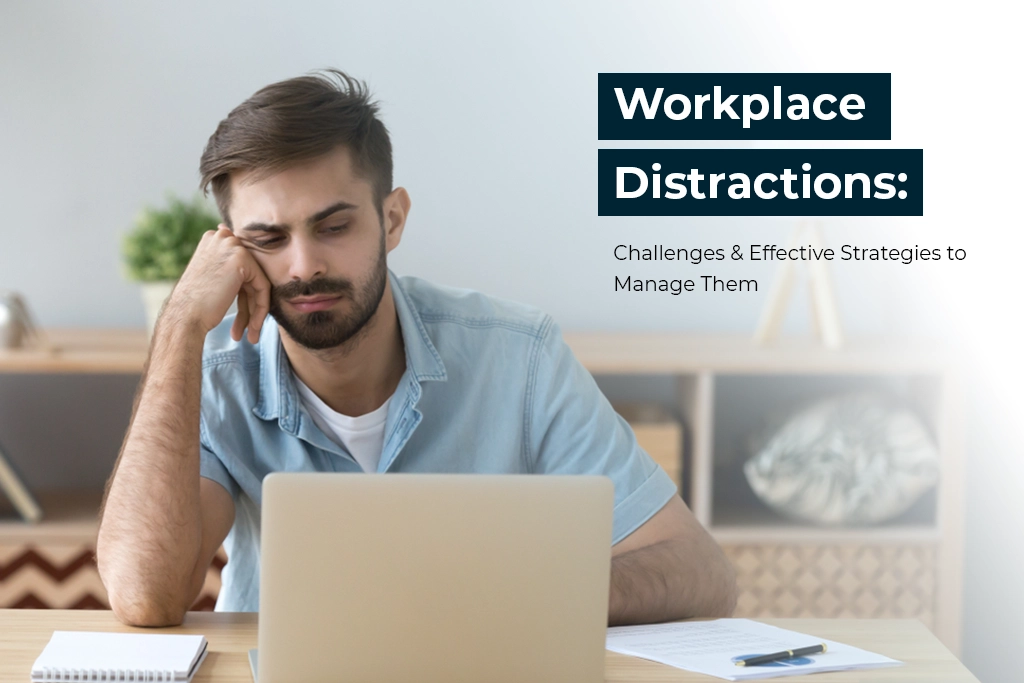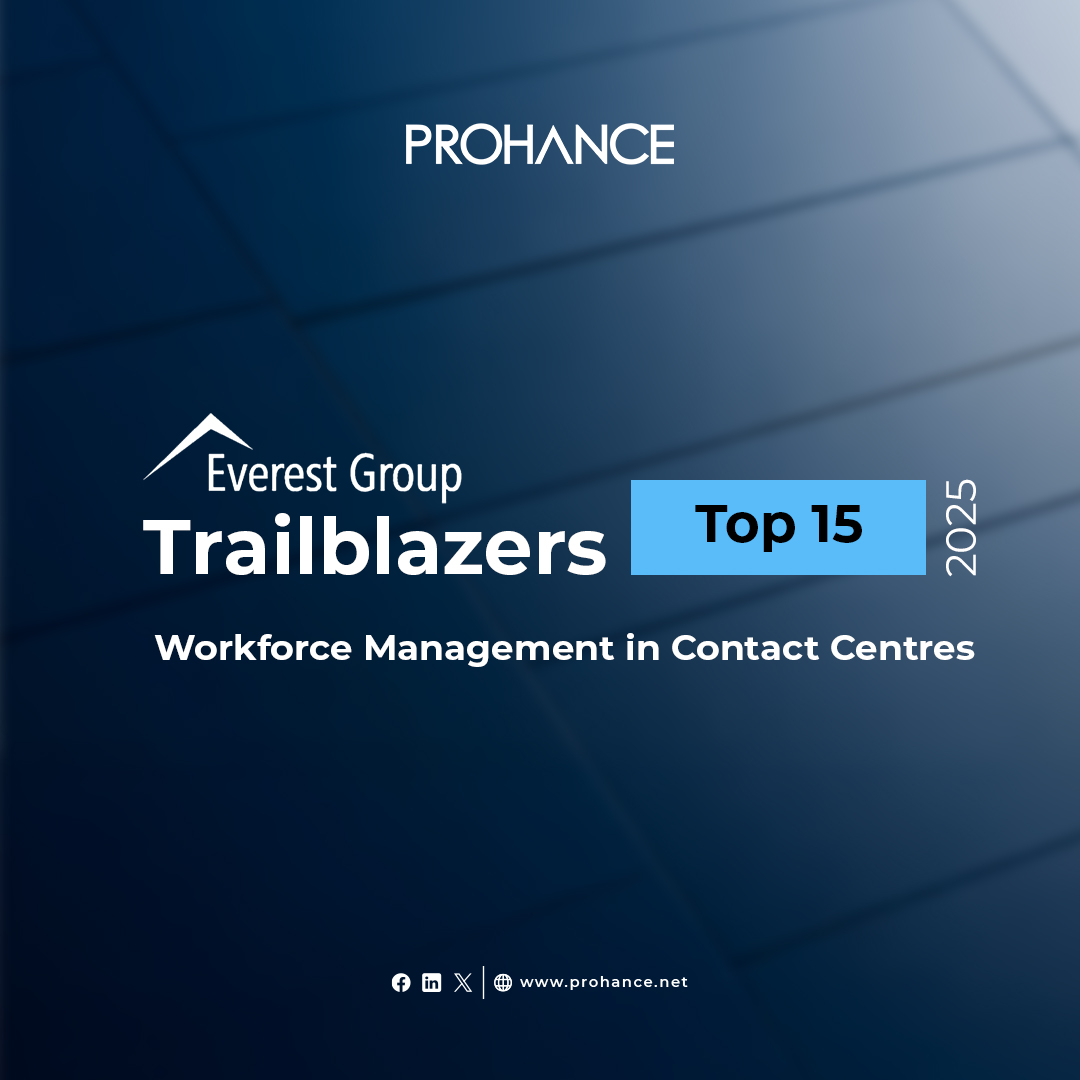Workplace Distractions: Challenges & Effective Strategies to Manage Them
Table of Contents
- What Are Workplace Distractions?
- The Impact of Workplace Distractions
- Why Are Distractions So Common? Root Causes
- 8 Practical Strategies To Deal With Workplace Distractions
- Tackling Digital Distractions in the Workplace
- Leadership’s Role in Curbing Distractions
- Conclusion: Balance Focus, Well-Being, and Safety
- FAQs
These days, work seems more rapidly varied than ever – between buzzing phones and mailboxes, frequent Slack notifications, and the hum of office conversation, remaining focused feels taxing.
These constant interruptions aren’t just annoying—they’re quietly sabotaging our ability to do our best work. More concerning, in environments where safety matters, a moment of distraction can have serious consequences that ripple far beyond missed deadlines.
Let’s explore why our modern workplaces have become distraction minefields, understand the real cost of our fractured attention, and discover practical ways to reclaim focus without sacrificing collaboration or well-being.
What Are Workplace Distractions?
Workplace distractions are any interruptions that pull employees away from their primary tasks. They come in many forms, from the ping of a new email to a colleague who just needs a quick chat. In today’s hyperconnected world, these disruptions are more pervasive than ever.
Examples of Workplace Distractions:
- Digital Intruders: Smartphones, social media, and non-stop email/Slack alerts.
- Open office concept: Where your conversations and phone calls are blurring together.
- Multitasking: Doing too much at once causes cognitive overload.
- Physical Discomfiture: Wrong ergonomics, bad lighting, or radical temp in the workspace.
Digital distractions in the workplace deserve special attention. The average employee checks their email 15 times daily and spends 2.5 hours on messaging apps. It’s no wonder focus is fragmented.
Here are a few industry stats that every employer should know about workplace distractions:
- Frequency of Distractions: A study revealed that 79% of U.S. workers are distracted at least once per hour, with nearly 59% unable to focus for 30 minutes without being sidetracked.
- Time Lost Due to Distractions: On average, employees lose approximately 720 hours annually because of workplace distractions.
- Cost to Businesses: Workplace distractions are estimated to cost U.S. businesses up to $650 billion each year.
- Digital Notifications: About 77% of employees find notifications from workplace digital tools distracting, with 31% reporting being interrupted every 15 minutes.
- Time to Regain Focus: After an interruption, 63% of employees require at least 10 minutes to refocus on their tasks.
- Impact on Productivity: Personal technology devices at work can reduce productivity by up to 40%.
The Impact of Workplace Distractions
Productivity Takes a Hit
Every interruption costs time. Research suggests it takes 23 minutes to refocus after a distraction. Imagine losing that time over a dozen times a day. Work quality nosedives, too—rushed tasks lead to errors, missed deadlines, and frustrated clients.
Mental Health Toll
Constant interruptions spike stress levels. Employees report feeling “always on,” leading to burnout and disengagement. The brain wasn’t built for perpetual multitasking, and the mental fatigue is real.
Safety Risks in High-Stakes Industries
Distractions to workplace safety in fields such as healthcare or manufacturing are not a nuisance but can be deadly. A nurse on her phone could misinterpret a chart while distracted; a factory worker might miss a hazardous machine if she sees a notification.
Most real-world accidents (i.e., collisions with forklifts and medication mistakes, among others) are, in fact, the result of momentary lapses in basic focus.
Why Are Distractions So Common? Root Causes
- The “Always-On” Digital Culture: Tools meant to streamline work (Slack, email) often create noise.
- Poor Workspace Design: Open offices foster collaboration but also chaos.
- Unclear Priorities: Employees juggle tasks without clear direction, leading to overwhelm.
- Toxic Hustle Culture: Organizations reward multitasking, not deep work.
- Blurred Work-Life Boundaries: Remote work makes it harder to “switch off,” leading to digital creep.
8 Practical Strategies To Deal With Workplace Distractions
Time Blocking & Pomodoro Technique
Schedule focused work in 25-minute bursts (Pomodoro), followed by 5-minute breaks. Tools like ProHance can help track time without micromanaging.
Designate Distraction-Free Zones
Create quiet hours or zones where notifications are banned. Even in open offices, noise-cancelling headphones signal “do not disturb.”
Declutter Digitally & Physically
Close unused browser tabs, organize desktops, and tidy workspaces. A cluttered environment equals a cluttered mind.
Set Boundaries
Turn off non-urgent notifications. Use Slack statuses like “In Deep Work” to manage expectations.
Mindfulness Practices
Encourage short meditation breaks or breathing exercises to reset focus.
Tackling Digital Distractions in the Workplace
Common Culprits:
- Email avalanches
- Social media rabbit holes
- Endless Slack threads
Fixes:
- Batch Processing: Check emails/messages at set times (e.g., 10 AM, 2 PM).
- Digital Hygiene: Unsubscribe from non-essential newsletters; mute irrelevant Slack channels.
Leadership’s Role in Curbing Distractions
Leaders set the tone. Here’s how:
- Model Boundaries: Avoid sending late-night emails. Respect “offline” hours.
- Train Teams: Offer workshops on time management and digital wellness.
- Flexible Work Policies: Let employees choose when/where they focus best.
- Invest in Tools: Invest in software like ProHance to track productivity patterns.
ProHance’s advanced analytics can offer real-time analytics and metrics related to employee productivity, capacity planning, employee utilization, enabling executives to make informed decisions about resource allocation and operational efficiency.
Leadership teams benefit from customizable dashboards that reveal overworked and underutilized teams and resources, ensuring reduced burnout and improved engagement while identifying process inefficiencies across complex workflows.
Conclusion: Balance Focus, Well-Being, and Safety
Workplace distractions aren’t going away, but they can be managed. By combining personal strategies (like time blocking) with organizational shifts (flexible policies, better tools), companies can boost productivity and protect well-being. In safety-critical roles, minimizing distractions isn’t optional—it’s a duty.
Ready to take control? Start small: mute notifications for an hour, declutter your desk or explore how ProHance’s solutions can transform your team’s focus. The path to a distraction-free workplace begins today.
FAQs
Can workplace distractions ever be good for creativity or morale?
Surprisingly, yes—in moderation. Brief, intentional breaks (like a coffee chat or a walk) can spark creativity and prevent burnout. The key is balancing spontaneity with structure. For example, “brainstorming breaks” or designated social hours allow teams to recharge without derailing focus. The problem isn’t distractions themselves but uncontrolled interruptions that hijack productivity.
How do I address a coworker whose habits (like loud calls) are distracting everyone?
Tact is key. Frame it as a collective win, not a personal critique. Try: “Hey Sam, I’ve noticed the open office gets pretty noisy sometimes. Would you be open to taking calls in the conference room? It might help us all stay in the zone.” If the issue persists, involve a manager to advocate for workspace guidelines.
Are remote workers more or less prone to distractions than office employees?
It’s a mixed bag. Remote workers avoid office chatter but face home-based distractions (kids, chores) and digital overload (endless Slack pings). They also struggle with “invisible” work hours, blurring personal and professional time. Solutions like time-blocking and dedicated workspaces at home can help, but leaders should check in regularly to prevent burnout.
What’s the one tool or habit that makes the biggest difference in reducing distractions?
Boundaries. Whether it’s muting notifications after 6 PM, using a physical “do not disturb” sign, or blocking calendar time for deep work, clear boundaries protect focus. Tools like ProHance can reinforce this by helping teams visualize workflows and identify peak distraction times—but ultimately, consistency matters most.
How can I measure if workplace distractions are improving (or getting worse) in my team?
Track both quantitative and qualitative metrics:
- Productivity data: Use tools like ProHance to monitor task completion rates or time spent on core vs. low-value activities.
- Employee surveys: Ask teams to rate focus levels weekly.
- Error rates: In safety-critical roles, track mistakes linked to lapses in attention.
- Meeting feedback: Are standups derailed by off-topic chatter? That’s a red flag.






